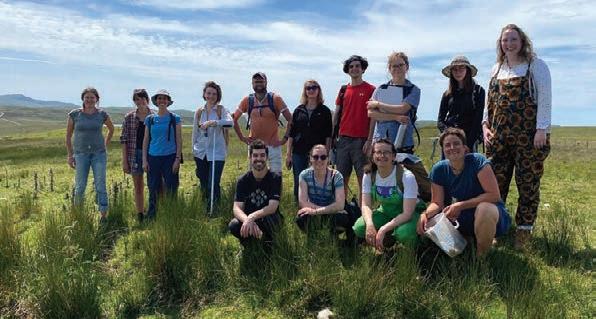
2 minute read
Studying On-site
MSc and MRes students can study each module entirely by distance, or you can choose to join us for residential study visits as part of the module. You can choose which method you prefer on a module-by-module basis.
Residential visits are an essential element of our MArch: Sustainable Architecture course, so all architecture students attend on-site weeks, typically on a monthly basis.
On-site visits can range from 3-6 days, and are made up of lectures, seminars, tutorial time and practical sessions.
It’s a chance to pack lots of learning into your visit, network with fellow students, staff and guest lectures; and really immerse yourself in studying sustainable solutions within a truly unique learning environment. Conversation flows long into the evening as staff and students debate the issues and explore solutions together.
You then return home to complete study in your own time, fitting coursework around life’s other demands, and accessing learning materials via online learning platforms, just as distance learning students do.
“The whole experience was absolutely fantastic. I thoroughly enjoyed everything, from the practical studies to the student project debates and the invaluable lectures. The enthusiasm and energy that radiated from everyone was just a total BUZZ. Suffice to say, I enjoyed it so much, I didn’t want to come home.”
Facilities and Location
On-site residential weeks offer the chance to study in a unique learning environment.
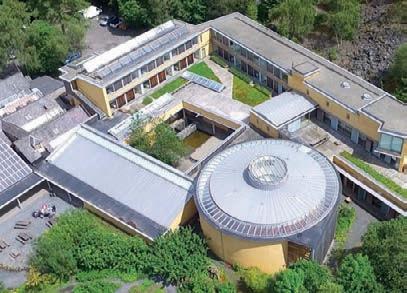
CAT’s location on the edge of the Eryri (Snowdonia) National Park, within a UNESCO Biosphere Reserve, makes it a truly beautiful and peaceful place to study and a great base from which to enjoy nature and the outdoors.
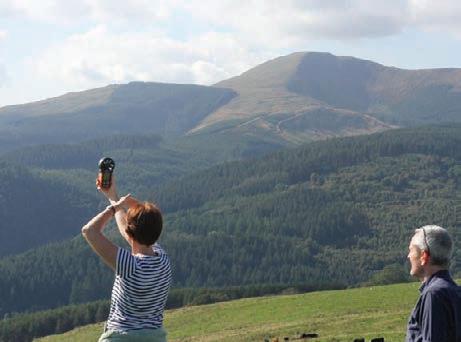
Our sustainably managed woodlands and productive organic gardens provide a place to relax and reconnect with nature, whilst also being available to students for research projects and hands-on learning.

The CAT site is a living laboratory containing some of the most innovative environmentally-conscious buildings in the country, including examples made with earth, timber, straw, hemp and lime.

We have a diverse range of installed renewable and low carbon technologies, including solar photovoltaics, solar thermal panels, hydro-electricity, heat pumps, small wind turbines and efficient biomass heating.
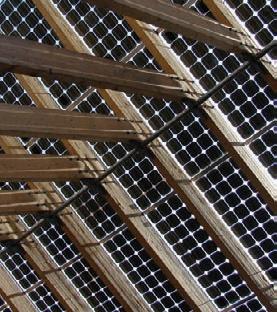
A wide variety of habitats are also represented on and around the CAT site. With easy access to wetlands and woodlands, high mountain pastures, heathland, and riverine, coastal and transitional waters, students can have hands-on experience studying and evaluating biodiversity, land use and our ecosystem.
“I was able to use the buildings on site as real case studies, including undertaking air pressure testing and thermal imaging on the Self Build House, undertaking experiments with green roofs, using the workshop for straw bale construction and building a prototype timber frame disaster shelter on site.”
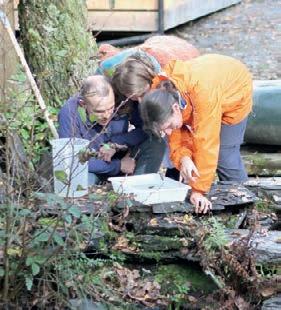
The WISE Education and Conference Centre
On residential visits, most of your lectures and seminars will take place in the award-winning WISE building, designed by Pat Borer MBE and the late David Lea. Incorporating innovative design and materials, WISE provides an inspiring, comfortable environment in which to study. Its centre piece is a large circular rammed earth lecture theatre – a stunning example of sustainable architecture.


“When I started at CAT, I could never have imagined how much you would learn, and how it would enable me to change the course of my career to be able to work on something I really believe in, and which I feel can make a difference. “
CAT Student










